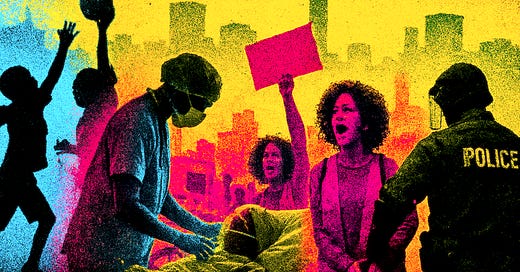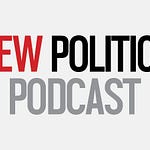This week on the New Politics podcast, we expose the real cost of privatising essential public services in Australia – particularly in early childhood education, health, aged care, and universities. After revelations of child sexual abuse in Melbourne early learning centres, we examine how decades of outsourcing, deregulation, and profit-driven policies have undermined safety, care, and public accountability. With rising fees, unqualified staff, and chronic underfunding, we ask: has privatisation failed? (short answer: yes). And how can we reclaim these services for the public good?
We trace privatisation’s roots to the Reagan–Thatcher era and its expansion under John Howard, including in early learning and tertiary education. We revisit the ABC Learning collapse and Goodstart’s not-for-profit model, asking whether public money should fund private profit or support accessible, high-quality services.
We also examine higher education controversies, such as ANU Chancellor Julie Bishop’s lavish spending amid staff cuts, questioning why universities now prioritise corporate behaviour over educational values.
We explore the anti-Semitic incidents which always seem following criticism of Israel’s war in Gaza, looking at the Melbourne synagogue fire (of a door), the Dural hoax, and the media’s role in inflaming tensions. Selective outrage, rushed laws, and increased police powers are stifling legitimate protest and marginalising Muslim communities.
We also analyse the Melbourne protest outside Miznon restaurant, misrepresented as anti-Semitic despite legal rulings to the contrary. With the government’s sweeping anti-Semitism plan, we ask: where is the equal protection for all vulnerable communities?
Also this week, Prime Minister Albanese’s John Curtin Lecture invoked Australian independence, but we question this against the backdrop of AUKUS and Trump’s trade threats. Is Australia truly independent within its US alliance?
And finally, we look at the RBA’s decision to hold the cash rate at 3.85%, defying expectations. What does this mean for inflation, housing, and everyday Australians – and is the RBA losing touch with public needs?

















Share this post